Maybe you’re ready to engage in a new hobby this winter. Cross-country skiing is an excellent way to experience the outdoors and get in some exercise. It’s a great sport for all ages and easy to learn for beginners, so you can go out with friends, family or even your dog and enjoy a time of community while you get some fresh air. Or maybe you’ve been renting and are ready to invest in some cross-country ski gear of your own. If you’re not sure where to start, here is a guide to all of the cross-country ski gear you need as a beginner to get off on the right foot.
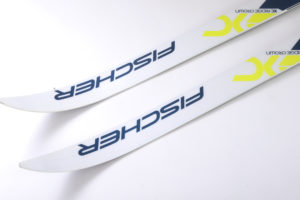
Cross-country skis
You’ll first want to decide whether you want to classic ski or skate ski. Classic cross-country skiing is when you ski through parallel tracks on a groomed trail. Skate skiing requires you to ski with more of a skating motion, similar to rollerblading, and takes more energy and endurance. If you’re a beginner who’s never been cross-country skiing before, classic skis might be a better option for starting out. However, if you’re ready for a higher-intensity workout, you might want to opt for a pair of skate skis.
Cross-country skis are primarily sized by weight, so keep that in mind as you’re shopping for a pair or a package. Also, decide whether you’d want skis that are waxable or waxless. Waxable skis take a bit more upkeep, but they usually have slightly better performance. Waxless skis, though, have grown in popularity, because they are ready to go without much preparation, although it’s still recommended to apply glide wax in order to experience maximum performance.
Boots
The next piece of gear to consider after choosing your skis is boots. Cross-country ski boots are a bit simpler for beginners to pick out compared to alpine ski and snowboard boots. The main thing to keep in mind is sizing. You don’t want boots with too much room for your feet to slide around or else you’ll end up with blisters at the end of the day. But you also want enough room so that you can kick and glide without smashing your toes. When you’re trying on cross country boots, it’s recommended to wear a pair of thick socks when you’re trying on, since you’ll likely wear thicker socks while you’re out on the trails. Browse our selection of cross country ski boots for both men and women to find the perfect pair for you.
Bindings
When selecting a pair of cross-country ski bindings, the main thing for beginners to consider is whether or not they are compatible with your skis and boots. Some of the main types of bindings are NNN, NIS and SNS. Apart from that, you probably don’t need to get anything fancy unless you plan on doing some serious backcountry touring and want a binding that’s extra durable.
Poles
Another important item on our list of gear for beginners is cross-country ski poles. You’ll want something that is durable, lightweight and fits your height. Measure them by making sure they reach from the ground up to your armpits. If you plan on skating or racing, you’ll want poles that are a bit longer and lighter than standard touring poles. Don’t underestimate the importance of this small piece of gear, it can make or break your day!
Jackets
When it comes to outerwear for cross-country skiing, a common mistake made by beginners is wearing too heavy of clothing. Instead of opting for your regular ski jacket, you’ll want something that is light, fitted and allows you plenty of movement and breathability so that you don’t overheat on your excursions. We have a selection of cross-country ski jackets for men and women that are the perfect options for all of your vigorous activity. We’ve got plenty of options for kids too.
Pants
You also want pants that are lightweight and breathable so that you won’t overheat or feel weighed down while you’re trying to ski. Many cross-country ski pants are fitted to help eliminate bulk so that you can build up speed, which is a must if you’re racing. Looser styles work well, too, especially if want to do more layering for colder temperatures. Shop our selection of men’s and women’s cross-country ski pants to find something that works best for you.
Baselayers
Having good baselayer options that are breathable without leaving you freezing cold is super important when cross-country skiing and is something that often gets overlooked by beginners. Browse a variety of baselayers tops for men and women as well as baselayer pants for colder days to find something perfect for chillier days that will keep up with all your activity.

Beanie and gloves/mittens
You’ll also want to be sure that your head and hands stay protected from the frigid air. Unlike downhill skiing, you don’t need to wear a helmet, but you’ll still want a beanie that keeps your head and ears from freezing along with gloves or mittens to prevent your fingers from getting frostbite.
Additional gear
Last but not least, it doesn’t hurt to have a few additional pieces of gear on hand when you’re new to cross-country skiing. Cross-country ski bags are an efficient way to pack, transport, and store your skis safely. Goggles aren’t required, but if you want to keep the sun out of your eyes, you might want to look into getting a new pair of sunglasses. You also might want to have some cross-country ski wax and tools on hand for any last-minute tune-ups on your gear.
Be sure you have all of the proper gear and clothing before hitting the trails this season. Most importantly, though, be sure to have fun and enjoy this sport! Go with a friend or group of friends and then grab a hot cocoa afterward.
Reached the end of skiing season and gear taking up too much space? Here’s how to store your gear for the summer.
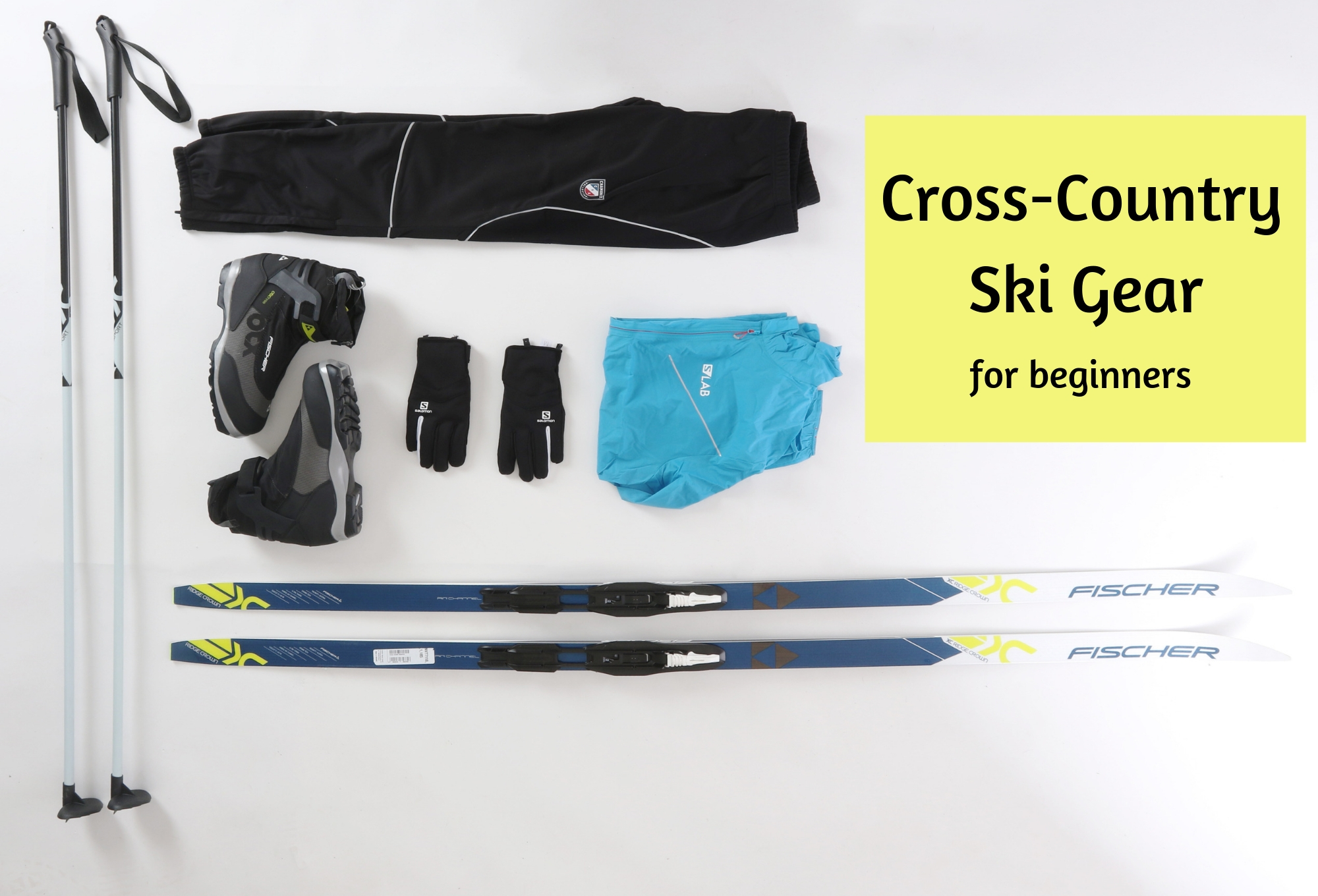

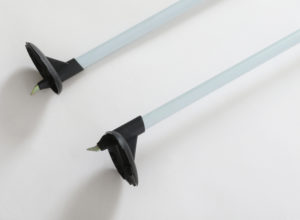
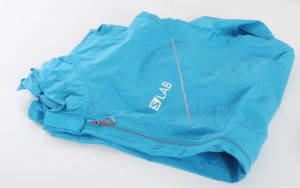





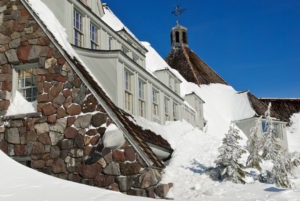


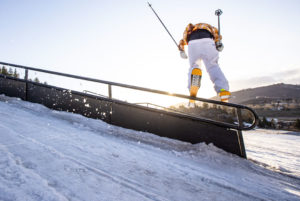
Excellent.